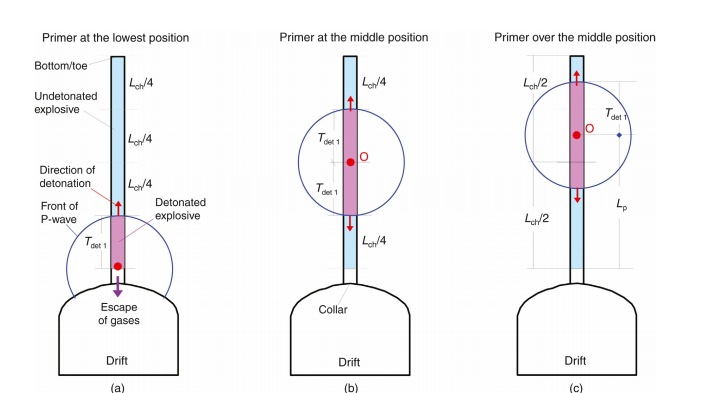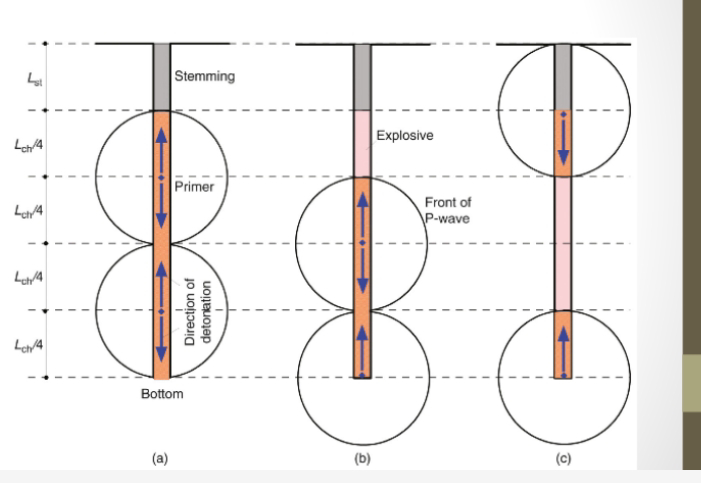The Earth consist of various sphere including be the hydrosphere (water), lithosphere (land), the atmosphere (space region), the hemisphere and many other sphere. The most valuable among them all that supports the manufacturing and innovation is the lithosphere.
The land host in place millions of Mineral components. Mineral as we know it to be is a solid inorganic substance, generally formed by inorganic process with crystalize structure and consistent of definite chemical composition. Almost everything around us now consist of one or more mineral. How is minerals formed?
The journey of minerals begin from rock formation, to understand the origination of mineral we have to know a bit more about rock and their formation process. Because, rock is an accommodation of various mineral, and the breaking down of this rock through weathering process results in the detachment of minerals into separate grains.
Teaching the formation of rock in this slide will assist us in learning about how the geological formation of the subject matter "mineral" comes in place.
Generally, the Earth is consisting of three Layers, the core, the mantle and the crust.
The core is the innermost part of the Earth and the mantle is the solid and the heaviest part of the Earth consisting of liquified rock called magma. Magma is the rock which had been transformed into liquid state understand high temperature and hydrothermal pressure. The journey of all the solid rock we see around us begins with the liquid state right there in the mantle.
As time goes on, the mantle compartment holding the magma also known as magma chamber undergo metaphorical relief which bring about the migration of the magma through available active fracture (cracks) in the chamber. The chamber under high pressure and temperature with the state of it flexibility support the continuous upflow of the rock magma towards the surface. During this migration, the magma (liquid rock) consist of various mineral components dissolved in it. The solidification of the magma depends strictly on the reduction of temperature and pressure. As the magma migrates from higher temperature region to lower temperature region it viscosity increases.
Viscosity for the sake of those who are hearing that for the first time is the degree of ease migration of a liquid. It also refer to the ability of liquid layers to slide on each other under an applied shear stress which support the liquid migration. The change in phase process Begin as the temperature and pressure reduces. The rock at it liquid state moves towards the Earth surface through existing fractures as I have explained in the previous slide. The result of the outpouring of liquid magma to the surface is called volcano. The solidification of the molten magma (or lava) at the surface support one type of rock formation called *Igneous Rock*
Igneous Rock is know to be fire rock according to the Greek translation of Igneo. This rock is formed when the magma cools and solidifies. The cooling process produces two Major types of Igneous Rock which depends on the rate of cooling. The volcanic and the plutonic Igneous Rock. The words sound strange? Let us learn about them together. Remember I said the igneous rock is just one of the type of rock and is the primary source of all rock on Earth surface and subsurface. Also, I mentioned that the cooling process of the hot magma (rock in liquid state) depends on the surrounding temperature and pressure condition. The migration of the magma sometimes stopped at the subsurface without getting to the surface, at this stage the rock formation from such is called *The plutonic Igneous Rock* they experience slow cooling process due to the high temperature nature. The implication of the slow cooling is that, the elemental components in the magma have sufficient time to react with each other and to form various mineral components. In the cooling process also, the Mineral components have the time to conglumerate into ore.
Plutonic rock are known to have coarse grains (phaneritic texture) example of this rock type is Granitic rock (Granite) and pegmatite.
Another rock type is the volcanic Igneous Rock, which unlike plutonic cools rapidly. They are as a result of the surface flow of magma cooling rapidly under lower temperature and pressure. Such rock type is characterize by fine grains. Example is obsidian and pumice.
Understanding the origination of Igneous Rock as the primary source of rock, other two types of rock, the metamorphic rock and the sedimentary rock type are formed from the altering of the physical, structure and components of the primary Rock (igneous rock). Because of limited time I will not be giving detail explanation to the other two rock type. Nevertheless, metamorphic rock is formed by the structural and physical change in existing rock under high temperature effect. Sometimes due to reactivation of passive volcanic conduit or through inflow of new magma into existing rock.
Basically, the science understanding of metamorphic rock formation is the contact and regional process. These two processes are define to be the main original transformation process that bring about metamorphic rock. The word metamorphic rock is from the process called metamorphism. The word meta means Heat and the word morphism means change. Change as a result of heat is what brings about metamorphic rock. Taking a look at rock cycle, we tend to appreciate metamorphic rock formation better.bthe effect of heat on both Igneous and sedimentary rock brings about metamorphic rock.
Example of metamorphic rock is marble which is formed from limestone, gneiss from granite rock.
Finally the sedimentary rock is formed from both metamorphic and igneous rock through breaking down and redepositing process. Sedimentary rock formation process is known as diagenesis process. This process Begin with the breaking down of existing rock through weathering process. Weathering here can be sponsored by water, chemical or biological agent. The weathering process bring about the breaking of rock into smaller sizes through scratching, heaving, foliatting, spurling among other process. Example of sedimentary rock is limestone and sandstone. Minerals are found in rock as they make up the rock composition.
As mining Engineer we locate this rock and extract the valuable components from them so such can be use for manufacturing. Starting the Mining begins with understanding the source of the materials we are going to mine and preparation for the mine through detail exploration and design. A valuable ore is that which is of sufficient size, good grade and minable







